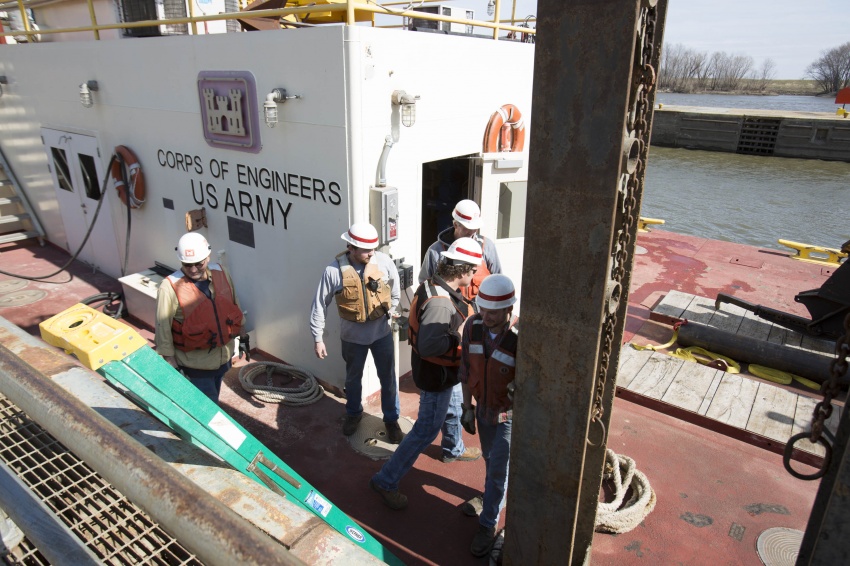Opportunities Abound on Inland Waterways

Increased navigation traffic could call for additional skilled labor
For America’s inland waterways transportation system, people are key to success. Bringing the right people into the industry is critical to moving freight efficiently for years to come.
Ron White, Upper Mississippi River regional manager for Artco Fleeting Service, says that the inland maritime transportation industry must put forth a concerted effort to bring talent to the waterways.
“We face unprecedented global demographic, economic and competitive challenges,” he says. “A water transportation company’s success is dependent on individual contributions, unique talents and investing in training.”
Waterways talent acquisition is important not only for individual companies but for the U.S. economy as a whole. In 2014, freight moved on the system by waterways workers was valued at $214 billion. Barge navigation on the Ohio River system alone accounts for a total of $497 billion in sales and 80,000 annual jobs toward the nation’s economy.
And those numbers may be growing.
Signs point to waterways usage increases in coming years
Three key factors suggest traffic will see a significant uptick on the inland waterways, meaning more jobs could become available to everyone from barge captains to structural engineers.
- China expects to continue increasing consumption of U.S. exports. From 2010 through 2023, China’s annual net soybean imports are expected to increase from 74 million metric tons (MT) to 126 million MT in 2023, according to the Soy Transportation Coalition’s most recent farm-to-market study, funded by the United Soybean Board (USB).
- The domestic ethanol mandate is maxing out. This means that domestic demand will level off, making more corn available for export in coming years. According to the 2015 USB-funded Farm to Market Study, “surplus corn supplies are increasing, which increases the exportable supply of corn in a barge draw area.” The study also predicts steady corn exports to China over the next decade.
- Panama Canal expansion. The Panama Canal expansion, completed in June 2016, more than doubles its capacity and increases the cost-effectiveness of exports through the Pacific Ocean. With greater opportunity for moving freight through the Panama Canal, U.S. industries are ramping up exports. To take advantage of the Panama Canal expansion, business will move greater volumes through the U.S. inland waterways to an export position.
All these factors promoting increased exports from the U.S. require more people to handle growing volumes traveling throughout the inland waterways.
“With the expected growth, the highest demand will be for captains, mates and deckhands,” says White.
To come to fruition, waterways projects also require expertise from a variety of other professions, including architects, engineers and construction professionals.
U.S. industries enjoy a distinct competitive advantage by way of the inland marine transportation system. Maintaining that advantage depends on bringing qualified people aboard.



